Näyteikkuna
-
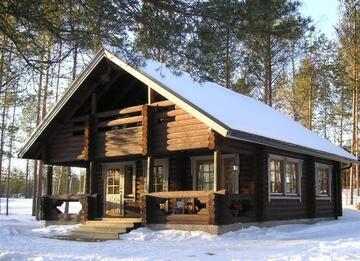 Kajaani, KainuuKokkopellon Lomatalot KainuuAlk. 70 €
Kajaani, KainuuKokkopellon Lomatalot KainuuAlk. 70 € -
 Pälkäne, PirkanmaaTöyräniemi Villa SaunakärkiAlk. 174 €
Pälkäne, PirkanmaaTöyräniemi Villa SaunakärkiAlk. 174 € -
 Loppi, Kanta-HämeKarhunpesäAlk. 114 €
Loppi, Kanta-HämeKarhunpesäAlk. 114 € -
 Jämsä, Keski-SuomiHimos Villa Horisontti AUusiAlk. 125 €
Jämsä, Keski-SuomiHimos Villa Horisontti AUusiAlk. 125 € -
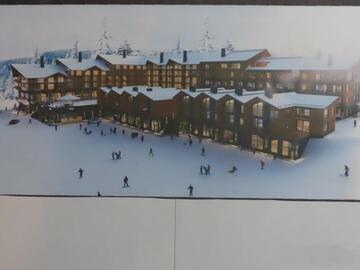 Kittilä, LappiLevi Cranberry--PORE-KUNTOS-HUIPPUtarjouUusiAlk. 0 €
Kittilä, LappiLevi Cranberry--PORE-KUNTOS-HUIPPUtarjouUusiAlk. 0 € -
 Kuusamo, Pohjois-PohjanmaaRukan Pressa 74 m2Alk. 184 €
Kuusamo, Pohjois-PohjanmaaRukan Pressa 74 m2Alk. 184 € -
 Inari, LappiSivakkatupaUusiAlk. 82 €
Inari, LappiSivakkatupaUusiAlk. 82 € -
 Pudasjärvi, Pohjois-PohjanmaaRantatähtiAlk. 113 €
Pudasjärvi, Pohjois-PohjanmaaRantatähtiAlk. 113 €
2130 kohdetta
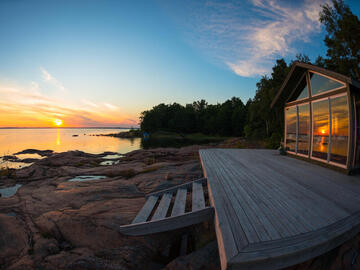
Parhaimmat arvostelut
2130 kohdetta
305 kohdetta
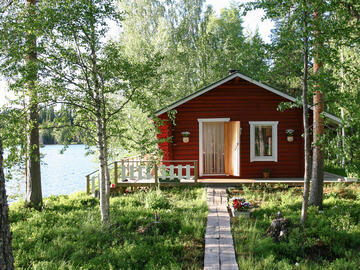
Nettimaksulliset mökit
305 kohdetta
1582 kohdetta

Mökit järven rannalla
1582 kohdetta
1808 kohdetta
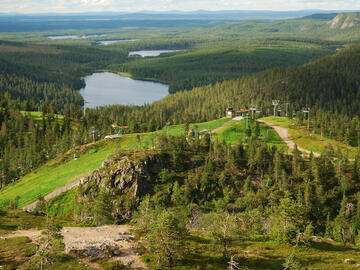
Mökit lomakeskuksissa
1808 kohdetta
224 kohdetta
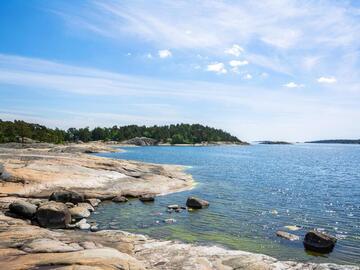
Mökit meren rannalla
224 kohdetta
153 kohdetta

Erämökit ja laavut
153 kohdetta
977 kohdetta
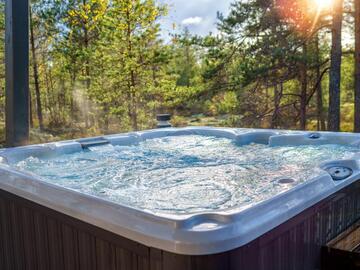
Paljut ja uima-altaat
977 kohdetta
91 kohdetta
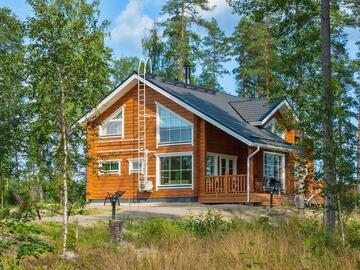
Luksusmökit ja huvilat
91 kohdetta
Uusimmat ilmoitukset
-
 Mäntsälä, Uusimaa
Mäntsälä, UusimaaMäntsälän Mökki
Tervetuloa mökille Mäntsälän Levantoon, jonne Helsingistä 75 km ja Lah...UusiAlkaen 143 € / vrk -
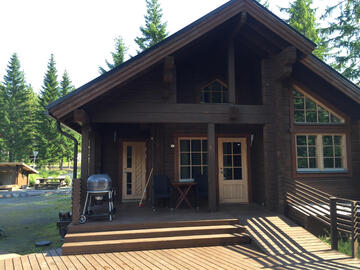 Jämsä, Keski-Suomi
Jämsä, Keski-SuomiVilla Tumppu
Huom! iskelmät vapaana peruutuksen vuoksi! Kysy! Poreallas 160€/varaus...UusiAlkaen 105 € / vrk -
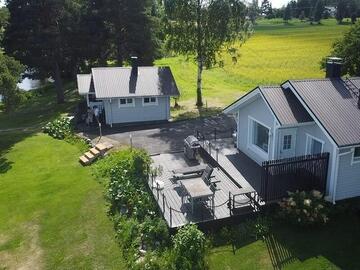 Lappajärvi, Etelä-Pohjanmaa
Lappajärvi, Etelä-PohjanmaaPyykkiranta Cottage Lappajärvi
Tervetuloa viihtymään Lappajärven kauniille rannalle niin kesällä kuin...Alkaen 84 € / vrk -
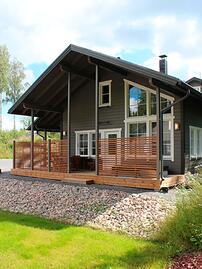 Jämsä, Keski-Suomi
Jämsä, Keski-SuomiVilla Huvilla - 8hlö Himos Areenan alue
Mahdollista varata myös suoraan osoiteesta: https://himokselle.net/vil...UusiAlkaen 150 € / vrk
Ilmoita mökkisi Nettimökissä
Tavoita tuhannet asiakkaat Suomen suurimmassa ja kattavimmassa mökkien vuokrauspalvelussa!
- Päätät itse millä ehdoilla, milloin ja kenelle vuokraat mökkiäsi
- Helppokäyttöiset työkalut ilmoitusten ja varauksien hallintaan
Jopa 100 000 lomamökkiä etsivää viikossa
Artikkelit
-
 open_in_new
open_in_newKatso 40 kohdettamme kesäksi, joita ei voi ohittaa!
Kevään viimeiset hanget sulavat vauhdilla ja mökinvuokrauksessa siirrytään jo kesäsesonkiin. Jos haaveile...
-
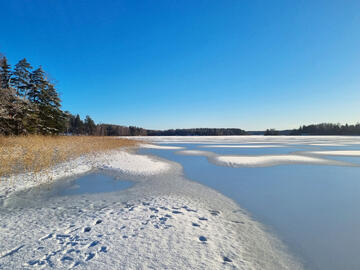 open_in_new
open_in_newNettimökin käyttöehdot päivittyvät
Uudet käyttöehdot astuvat voimaan 2.4.2024 Keskeisimmät muutokset uusiin käyttöehtoihin: - vuokralleant...
-
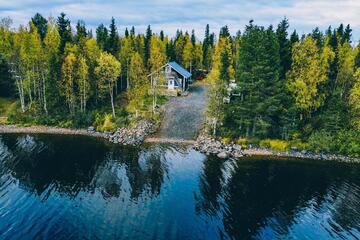 open_in_new
open_in_newKatso 40 upeaa uutuuskohdetta valikoimastamme!
Kevään vuokramökkien varaussesonki on parhaillaan vilkkaimmillaan, kun kevään viimeisiä lomia sekä juhann...
-
 open_in_new
open_in_newTutustu Nettimökin uusiin kohteisiin!
Nettimökin valikoima kattaa yli 6 000 uniikkia mökkikohdetta ja tarjontamme onkin Suomen suurin, uusien k...
